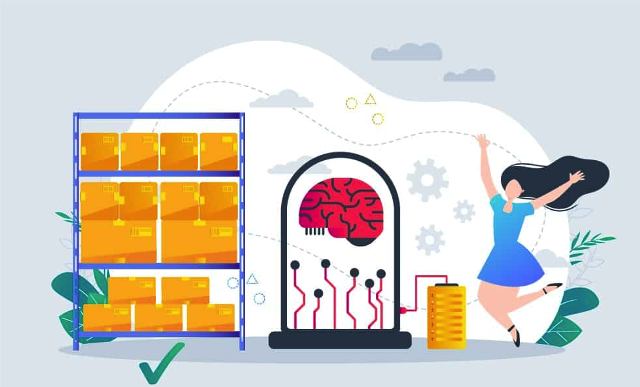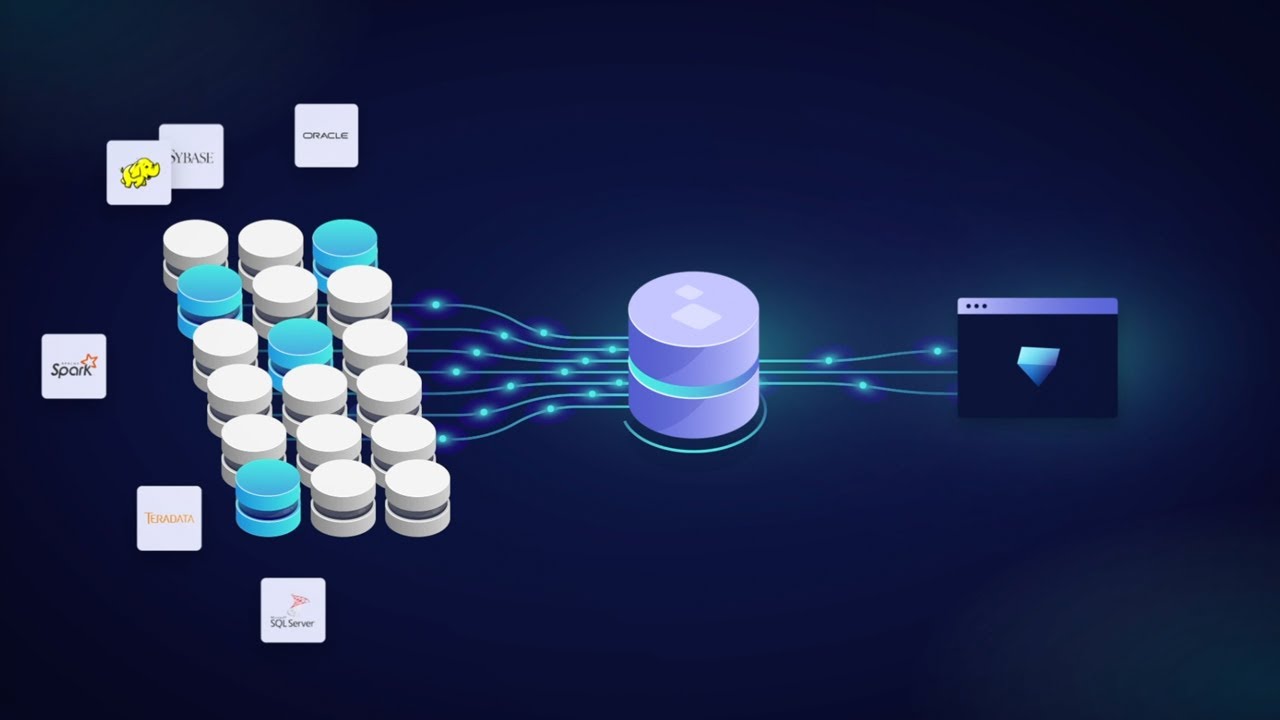Delivering on the Digital Supply Chain Promise
The drones are taking over. If not the drones, then artificial intelligence (AI) will take over and make decisions on our behalf. We will just lean back, and our jobs (if we still have them) will amount to pushing some corrective buttons, occasionally.
Whatever the spin, and whatever people imagine, parts of the digital supply chain promise are real, while other parts are not. Supply chains in several industries have already been disrupted, and winners may take all. In the future, we will deliver more and different value to customers faster, and at a lower cost.
For most organizations, however, the digital promise doesn’t yet connect with concrete plans and productive action. It is hard to accurately predict how an industry supply chain will change in the coming years, and what opportunities will present themselves consequently. Although a difficult feat, being real about “digital” in the digital supply chain and taking well-thought-through action may decide who will be around in 10 — or even five — years from now in several supply chain-centric industries. Now is not the time to wait and see. If you haven’t yet started, how should you begin to get going? And how do you best build the momentum for a digital supply chain transformation?
Explore related questions
The Digital Promise
It is confusing. It is not clear what “digital” really means in the digital supply chain. Large software vendors aggressively promote their connectivity and development platforms while new supply chain technology providers enter the market all the time. It is hard to keep track and separate hype from reality. Yet, we can now point to many cases where new and emerging technology makes a big difference in the supply chain.
Scania, one of the world’s largest truck makers, has already had autonomous haul trucks operating at open-pit mines for some time. The learnings are interesting. It turns out that, while possible, it can be challenging to retrofit an existing mine site to work with the new technology. To maximize the time to benefit, integrated mine planning is critical to accommodate the operations optimization system that guides the smart fleet.
Today, Scania and the other large truck makers are moving their autonomous vehicle technology beyond the confined spaces of mines, construction sites, and ports to public roads. While we may not see autonomous trucks in commercial operation for some time, the first truck platoons (electronically connected vehicles) are likely to arrive on roads in legislation-friendly regions soon.
The “last mile” delivery market may see the most digital innovation in transportation. This includes concepts like robotic delivery, crowdsourced shipping, and shopping-delivery apps. One such online marketplace app, Cornershop, was recently acquired by Walmart. It is evidence that the retailer is working on its own transformation agenda, experimenting, and expanding its digital omnichannel and fulfillment capabilities.
The point is, no matter if you look at mining, transportation, retail, or any other industry, there is digital supply chain innovation and disruption happening, and at a fast pace. New solutions are already changing the way we act and do business. More traditional manufacturers and distributors, with a well-cemented position in their current supply chains, need to take note. It’s going to change for everyone.
The Digital Reality for Most
Most distributors and manufacturers are still working on good old problems, such as cleaning up large volumes of product and inventory data. Responding to new customers’ vendor-managed inventory (VMI) demands, enabling new suppliers to adopt electronic data interchange (EDI), or upgrading enterprise resource planning (ERP) systems are other common focus areas. Responding to these critical needs is not something that goes away, but it doesn’t equate to “digital” or “digitizing” the supply chain per recent common definitions.
“Digital” in digital transformation of the supply chain has more to do with practices, data, and systems that are connected — both within the company and with partners. New and emerging (and sometimes old) technologies are key ingredients in digital transformations, and may include: smart sensor technology, constraint-based inventory optimization, robotic picking, and predictive analytics.
SAPinsider is currently gathering data about digital transformation of the supply chain. Preliminary research findings suggest that most companies expect that their industry supply chain will change significantly or dramatically in the next three to six years. At the same time, the plans and actions to proactively respond don’t correlate to this dramatic perspective. Almost 60% of the participants in this cross-industry research sample are not yet focused on digital transformation of the supply chain, and there are many barriers in the way of progress.
Building Digital Momentum
There are several ingredients needed to build real momentum for digital supply chain transformation. Elevating digital strategy to truly become part of business strategy is critical, but naturally a difficult shift for many business executives. Organizing for accelerated technology innovation in traditional corporate environments is another well-known challenge. While high cost and competing for limited resources are also common barriers, the initial findings from the SAPinsider research also suggest that there simply isn’t enough knowledge about the digital supply chain. Without the knowledge, how can one build a solid digital strategy and case for action?
Successful transformation — digital or otherwise — needs senior executive support. When the momentum-building issues are mostly at the top, expect delays, but don’t sit back and wait. Eventually, there will be openings to present a business case for digital transformation, and one needs to be ready — to prepare, learn, benchmark, and search for the game-changing opportunities.
When the moment comes to sell digital transformation initiatives to the executive group or the board, put on the sales hat, but be careful not to mirror the messages of technology solution providers. Their promises tend to be too generic and disconnected from the specific needs of your organization. Your case must align with your position in the supply chain and your specific business drivers and strategies. A tangible and well-balanced digital case considers all aspects of operations, your product and service capabilities, and the customer. It takes learning and trying to get this right.
To further support your learning efforts, keep an eye out for the SAPinsider benchmark report about Digital Transformation in the Supply Chain. It examines the state of digital adoption among companies that use SAP software, their initiatives to adopt new and emerging supply chain technologies, and how this correlates with their SAP S/4HANA migration plans and projects.
The Bottom Line
The drones will not take over, but many digital supply chain promises are real. Organizations must train and build new muscles to get fit for the race. If you haven’t already, develop a specific momentum-building plan for digital transformation. Learn more about digital, build meaningful business cases, and make a digital strategy a part of your business strategy.
Whether you are the leading disrupter in your supply chain today or not, you need to be clear: What is your future digital supply chain value proposition?
About the Author
 Christer Wadman is the Founder and Principal Strategy Consultant at Teccelerators and leads the SAPinsider research in manufacturing and supply chain management. He is focused on helping businesses grow and become more profitable by improving their use of technology. You can contact him at christer.wadman@teccelerators.com.
Christer Wadman is the Founder and Principal Strategy Consultant at Teccelerators and leads the SAPinsider research in manufacturing and supply chain management. He is focused on helping businesses grow and become more profitable by improving their use of technology. You can contact him at christer.wadman@teccelerators.com.




